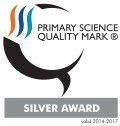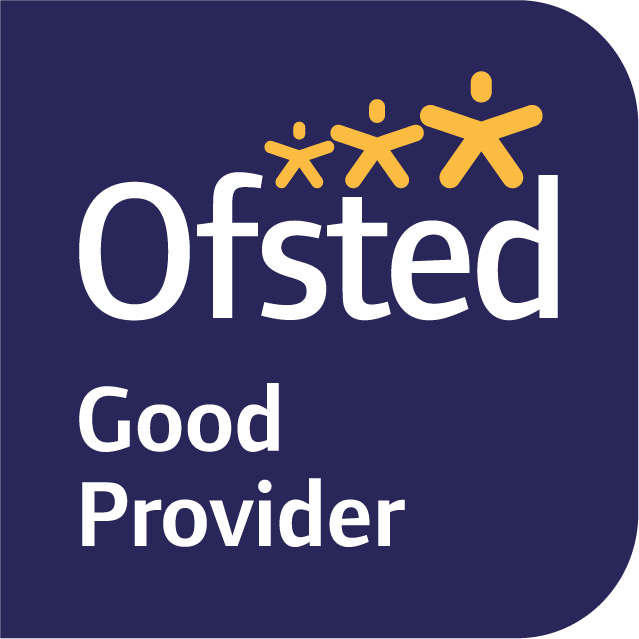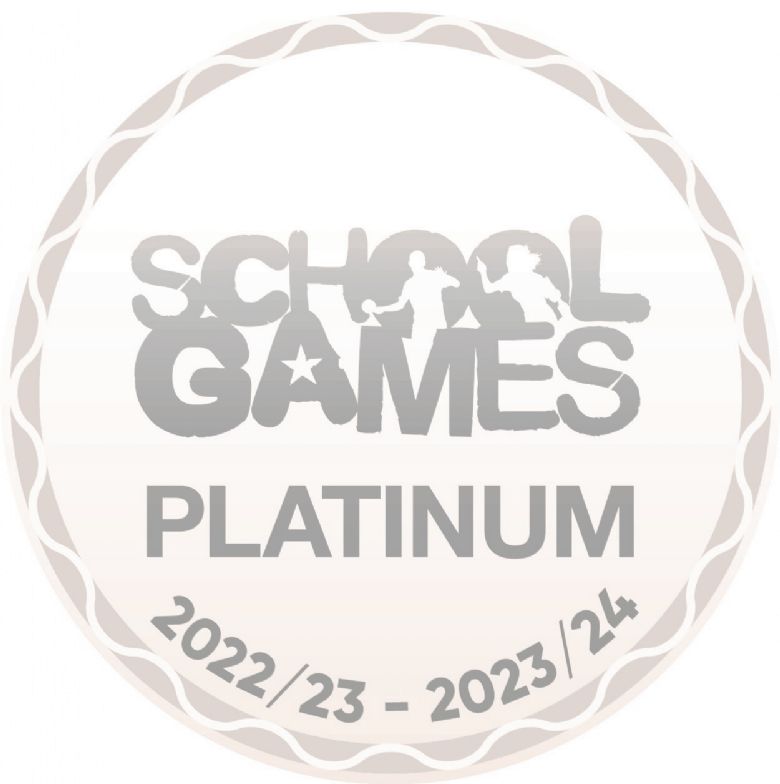Compassionate Geography #3: Defining the vocabulary we use.

Learning about the world we live in is messy and complex. The danger is, that without careful planning, we end up unsure where the boundaries of our curriculum are and how to navigate them in the most efficient and effective way.
Professor Peter Jackson argues that geography is a language that provides a way of looking at and thinking about the world. He argued in the GA Manifesto for geography that we must organise and attach significance to the vocabulary of the subject.
But the sheer breadth of geographical vocabulary makes this particularly difficult. When designing our curriculum, it became apparent that this was causing problems. A shared understanding of the vocabulary our children encounter is of vital importance. Without a shared understanding between teacher and students, we risk confusion and leave space for misconceptions to arise.
Here's a simple exercise you could do with your staff team to highlight this point. Take a geographical term such as, RIVER. Ask the group to each write down a definition of the word on a post-it. When you look at all the responses you may notice that, even if the bulk of the definition is the same, there are different ideas in each definition. Perhaps someone included something you’d left out, or perhaps you’ve realised that you’ve made an inaccurate generalisation in the short time you had.
These results mirror exactly what I saw when I started going into our teacher’s classrooms during geography lessons. The term “Desert” is explicitly talked about in Y1, Y3 and Y6 of our Geography curriculum and during my time in each classroom, I heard a variety of definitions being used.
And here’s why I think that’s a problem. In the National Curriculum in England for Key Stage 1 and 2, there are over 50 words students are expected to know in the physical and human geographical features section alone. In the document as a whole, there are at least double that. These are terms which our children need a secure grasp of in order to access our curriculum. Say you’ve identified 100 key pieces of vocabulary students will encounter from EYFS-Y6 in a given subject (the likelihood is it is far more). If each teacher in your school is offering a slight variation on the definition, the student may have to comprehend 6 different versions of a definition for any one of those words. And in fact, a teacher may also alter their definition as they deliver a sequence of lessons. Not only is it possible that our students get different definitions for the same word year by year, but without careful planning and thought, they might be getting different definitions week to week too.
My argument is not to ignore the complexities of vocabulary. It’s a joy that so many words we teach our children have such rich shades of meaning to them. But in a time-stretched aspect of the curriculum such as geography, and with such a large amount of content to get through, it makes sense to have a failsafe definition for key terms that students become familiar with over time.
With this in the forefront of our minds, we decided to create a dictionary of geographical terms as a staff team that left us with definitions such as the one here on the right. How did we create it? We teach History and Geography alternately at St Modwen’s so over the course of the academic year, we asked teachers after each geography unit to write down the key vocabulary they had to keep revisiting week by week. We sifted out any rogue tier one or two words then over the course of the following term, whilst we were delivering our history unit, we allotted some staff meeting time to work in teams (with a representative from all phases – EYFS/KS1/LKS2 and UKS2) to create the definitions together. With the criteria being pretty simple: the definition had to be accurate and as concise as possible without sacrificing on accuracy.
Benefits of doing so:
- Teacher’s subject knowledge was better supported. Having that pick up and go document that has the consistency built in really helps.
- Students recognise how vocabulary contributes to the curriculum as a big picture and can begin to identify how it fits in with different variations. (They don’t have to relearn the word each time).
- It makes documentation/quizzing so much easier. Centralised banks keep things consistent and easily accessible.
- A growing understanding shows progress. If you ask a Y1 child what a town is they’d have a clear definition. Ask a Y5 and they may tell you the same definition, but the examples they’d give or the way they can apply the word in different contexts would be far greater. The curriculum itself is the progression model.
The analogy we used was the idea of those hire bikes you can pick up and ride on any street corner of a major city. The ride you take on that bike relies on the way the bike has been treated by the previous rider. When it comes to vocabulary, our students rely on their previous teacher’s definition to have been carefully thought through and articulated so they don’t find themselves lost in their next classroom. Our teachers are finding that with this shared bank of definitions, they can better trust that there is a uniformity to our vocabulary teaching.






